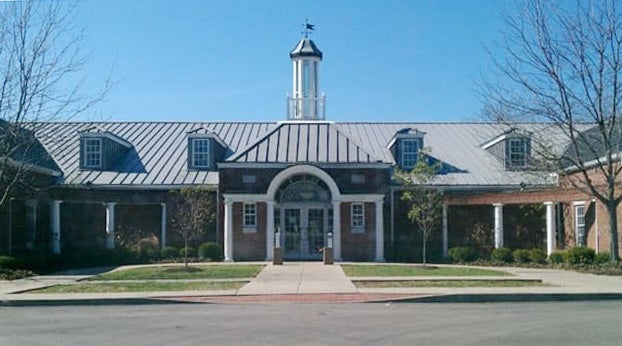A beautiful, but invasive tree
Published 5:41 pm Tuesday, March 31, 2020
|
Getting your Trinity Audio player ready...
|
Is there any more welcome sight than the trees and flowers in bloom in early spring after a long and dreary winter? It awakens the senses and you realize you’ve made it. Spring has sprung and there is hope and excitement for the seasons ahead.
But have you noticed in Winchester the most predominant species popping up in the landscape? The ubiquitous Callery or Bradford pear species seems to be everywhere.
Drive down Bypass Road or out Colby Road during the next week before all of the blooms fall off, and just note how these trees are naturally proliferating.
In the 1960s, this tree species seemed perfect for ever-growing suburbia. It was well-behaved with a neat, formal shape, those welcome blooms in spring and impressive fall color.
When the plant was first introduced, the fruits were sterile. Soon, additional varieties began hitting commercial retailers and that’s when the trouble began. Those trees started producing offspring and created a tree eager to take over the landscape.
To be honest, I’ve never really liked the Bradford pear tree.
The trees habit, with all of those weak branches, means it has a short life span of about 30 years.
It is prone to breakage after even mild storms.
Those characteristics do not set up your yard for beautiful, mature trees that increase property values and provide a host of environmental benefits.
But, putting all of that aside, my real concern for this tree came when I was at the edge of a forest one sunny April day and saw young Bradford pear trees blooming on the edge of the Daniel Boone National Forest.
It was then I realized their reach into our forests has already begun.
When I drive through our community, I see how well positioned they are to smothering out other, more desirable species that are native to this area.
Invasive plants are those that have a tendency to take over an area if left unchecked. While we do have some invasive native plants in Kentucky, the ones that cause the most trouble in our woodlands are invasive, exotic plants.
These invaders are not controlled by the insects, animals or diseases that keep them in check in their homeland. If not addressed quickly, they can spread and become a serious problem for woodlands.
So, what can we do about this problem?
The No. 1 answer to that question is stop buying and planting them. Enjoy your neighbors’, but don’t plant one yourself.
I know, you want the showy blooms in your yard, too, but consider this: That tree has a short life span and it could fall over before it ever reaches a substantial height. And, it’s exacting a steep price for our native landscape.
Secondly, if pear trees (or honeysuckle for that matter) volunteer in your yard, cut them down before they become too large to be cut down with simple tools.
Check out native trees that have showy blooms for your yard instead. They will be stunners as well, and be a far healthier choice.
In the words of Stephen Stills, “if you can’t be with the one you love, love the one you’re with.”
So, I will enjoy those pear tree blooms over the next couple of weeks but will secretly long for blooms from redbud, serviceberry, buckeye and dogwood.
Shanda Cecil is chairperson of the Winchester Tree Board.






